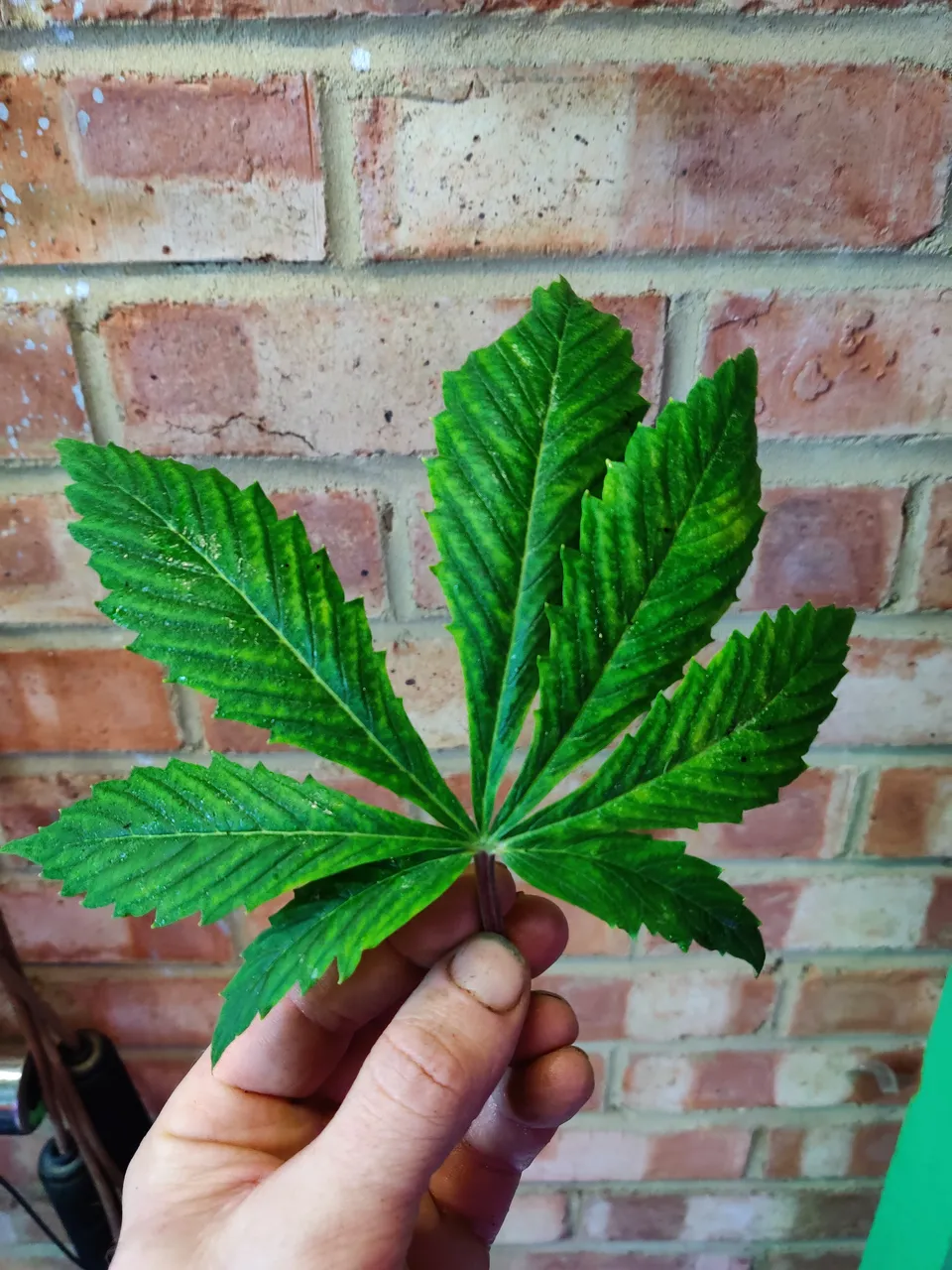Trade-free source

Classification
Swedish botanist Carl Linnaeus formally described Cannabis sativa in 1753. Thirty-two years later Jean-Baptiste Lamarck identified Cannabis indica as a second species. Experts continue to debate whether they should be classified as separate species or as separate varieties of one species. Extant populations of a possible third species, Cannabis ruderalis, may be a wild-type relic that descended from the ancestor of C. satin.
Then came That '70s Show, when Cannabis taxonomy became embroiled in the US legal system. The ethnobotanist Richard Evans Schultes, a defense witness, asserted that narcotics laws referred to C. satra, whereas the accused possessed C. indice, which was statutorily overlooked and technically legal, Ernest Small, a taxonomic bota nist, argued for a single species on behalf of the plaintiffs.
accused possessed C. indica, which was statutorily overlooked and technically legal, Ernest Small, a taxonomic botanist, argued for a single species on behalf of the plaintiffs.
Schultes and Anderson delimited C. indica to plants that Schultes saw in Afghanistan. Thus they characterized indica" as short, densely-branched plants with broad leaflets, and sativa " along the lines of Lamarck's species-tall, laxly branched, with narrow leaflets. They spawned the vernacular taxonomy of sativa" and "indica" that is in use to this day. With burgeoning interest in high-CBD plants, some of which are C. sativa in the Linnaean sense, the vernacular taxonomy has become truly muddled. Botanist Karl Hillig segregates these populations: C sativa represents CBD-dominant plants from Europe, either cultivated (C. sativa hemp biotype) or wild-type (C. sativa feral biotype).
C. indica represents THC-dominant plants from Asia, either Lamarck's plants from India-C. indica NLD (narrow leaflet diameter," known as "sativa" in the vernacular) or plants from Afghanistan-C. indica WLD "wild leaflet diameter," the vernacular "indica").
Naturalists Robert Clarke and Mark Merlin adopted Hillig's system and expanded it. Examining the worldwide distribution of Cannabis plants-wild, cultivated, and feral (once cultivated, again wild)—these experts conclude that: Narrow-leaf hemp, C. sativa, subspecies sativa, was cultivated predominantly in Europe.
Broad-leaf hemp, C. indica, subspecies chinensis, was cultivated in China, Korea, Japan, and Southeast Asia. Narrow-leaf drug plants. C. indica, subspecies indica, were cultivated in South and Southeast Asia and the Middle East. Broad-leaf drug plants, C. indica, subspecies afghanica, were cultivated in Northern Afghanistan and Pakistan.
Note that the widespread interbreeding and hybridization of narrow-and broad-leafletted plants has made the application of these terms botanically imprecise in many cases.